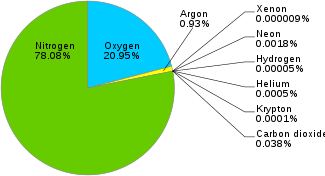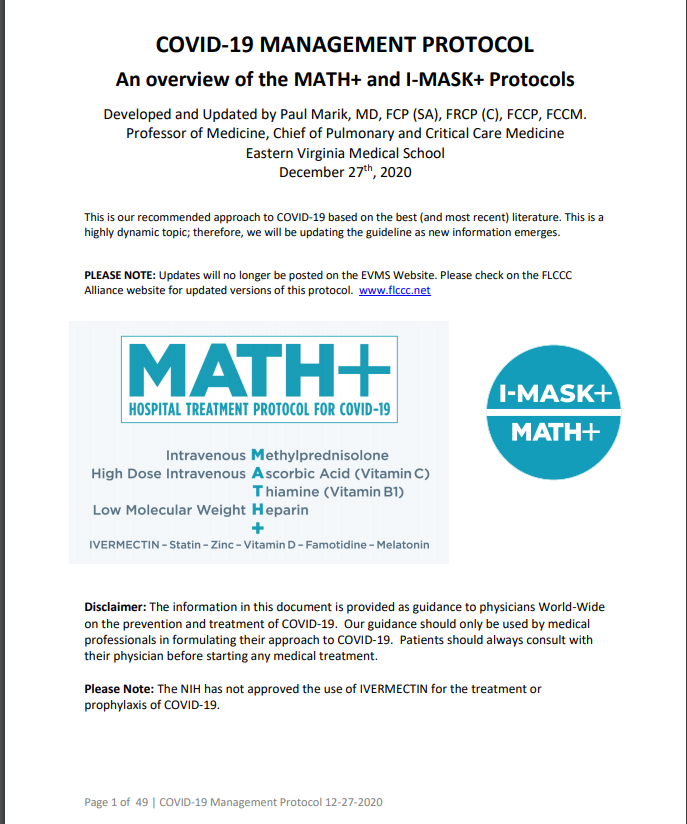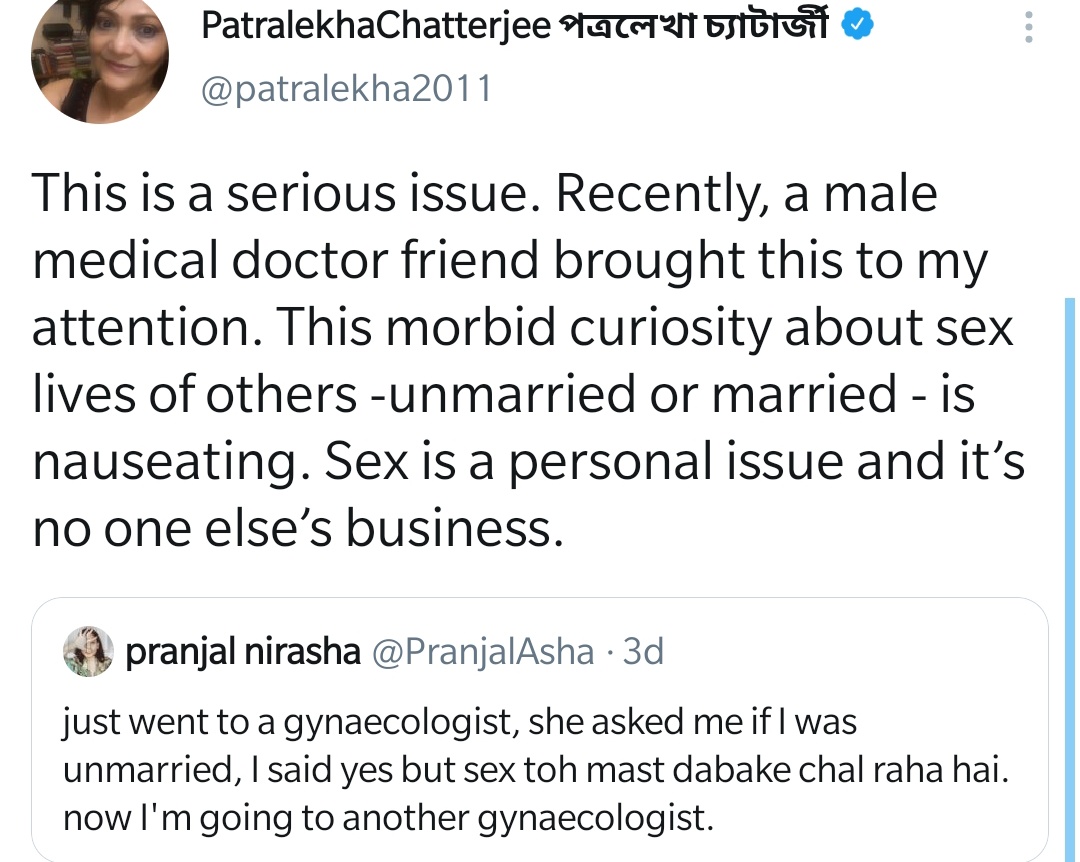
Let's talk about Oxygen
What Are The Differences Between Medical Oxygen And Industrial Oxygen?
Medical oxygen is high purity oxygen that is used for medical treatments and is developed for use in the human body. Medical oxygen cylinders contain a high purity of oxygen gas
What Are The Differences Between Medical Oxygen And Industrial Oxygen?
Medical oxygen is high purity oxygen that is used for medical treatments and is developed for use in the human body. Medical oxygen cylinders contain a high purity of oxygen gas
no other types of gases are allowed in the cylinder to prevent contamination. There are additional requirements and rules for medical oxygen, including requiring a person to have a prescription to order medical oxygen.
Industrial oxygen is focused on uses in industrial plants including combustion oxidation cutting & chemical reactions The industrial oxygen purity levels arent appropriate for human use & there could be impurities from dirty equipment or industrial storage that could harm people.
So as far as i understand the industrial oxygen needs to under further refinement to remove those impurities to make it safe for human use in medical situations. Chemical engineers could explain the processes involved there.
Common Oxygen Misconception
A common belief is that we are breathing 100% oxygen in our atmosphere. That’s not true. The air we breathe is about 21 percent oxygen and 78 percent nitrogen. The last 1% is a mix of other gases like carbon dioxide and hydrogen.
A common belief is that we are breathing 100% oxygen in our atmosphere. That’s not true. The air we breathe is about 21 percent oxygen and 78 percent nitrogen. The last 1% is a mix of other gases like carbon dioxide and hydrogen.
#medtwitter
#covid19
Text is sourced from this private company who produces oxygen
Air Source Industries started as an ambulance company and expanded to via StandardSolar air-source.com/blog/what-is-m…
#covid19
Text is sourced from this private company who produces oxygen
Air Source Industries started as an ambulance company and expanded to via StandardSolar air-source.com/blog/what-is-m…
• • •
Missing some Tweet in this thread? You can try to
force a refresh








